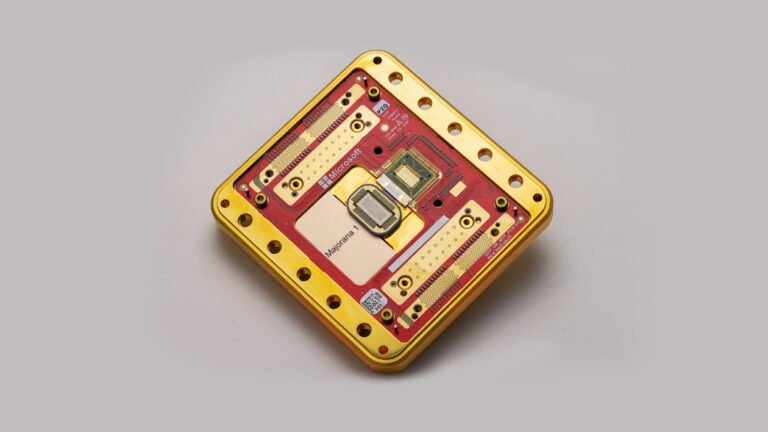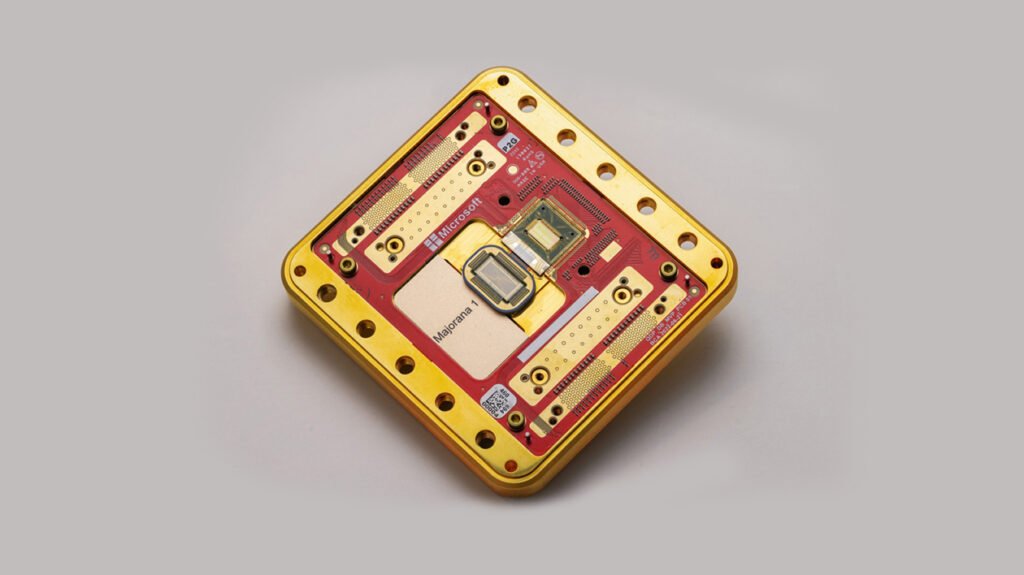India’s Semiconductor Mission 2025 Gains Momentum
India’s semiconductor mission 2025 is rapidly gaining traction as the country celebrates its first commercial chip fabrication milestone in Gujarat. The move marks a historic shift in India’s digital economy, establishing the country as a credible player in the global semiconductor supply chain.
The announcement has sparked a wave of optimism among tech investors and policymakers alike, who view this breakthrough as a turning point in India’s digital self-reliance.
Key Developments Under the Mission
The Indian government’s Semicon India Programme, launched in 2022, has now resulted in:
- The opening of India’s first 300mm semiconductor fabrication unit in Dholera, Gujarat.
- Joint ventures between Indian conglomerates and global giants like TSMC and Micron Technology.
- Launch of design-linked incentive schemes to support semiconductor design startups and R&D.
These developments are set to reduce India’s import dependence and make the country a key part of the semiconductor value chain.
Strategic Importance of Semiconductor Independence
The India semiconductor mission 2025 isn’t just about economic opportunity. It’s a strategic imperative. In a world grappling with chip shortages and geopolitical tech rivalries, local manufacturing offers:
- Greater control over critical digital infrastructure
- Enhanced security in defense and communication tech
- Reduced reliance on China, Taiwan, and South Korea for chip imports
This Private Sector and Global Partnerships
Several Indian firms are stepping into the semiconductor spotlight:
- Vedanta-Foxconn JV is leading the fabrication charge.
- Tata Electronics is investing in advanced packaging and testing units.
- Micron’s DRAM and NAND facility is expected to be fully operational by late 2025.
Meanwhile, U.S. and EU-based firms are in talks to establish chip testing and OSAT (Outsourced Semiconductor Assembly and Testing) plants across India.
What Comes Next for India?
With the India semiconductor mission 2025 hitting its first production targets, the focus now shifts to:
- Scaling up chip output for automotive and telecom sectors
- Attracting fabless semiconductor startups and engineers
- Building a talent pipeline through IITs and NITs with chip design curriculum
Industry analysts forecast India could capture up to 7% of the global semiconductor market by 2030, creating nearly 300,000 jobs in the process.
For more tech news visit: PFM Today Tech












